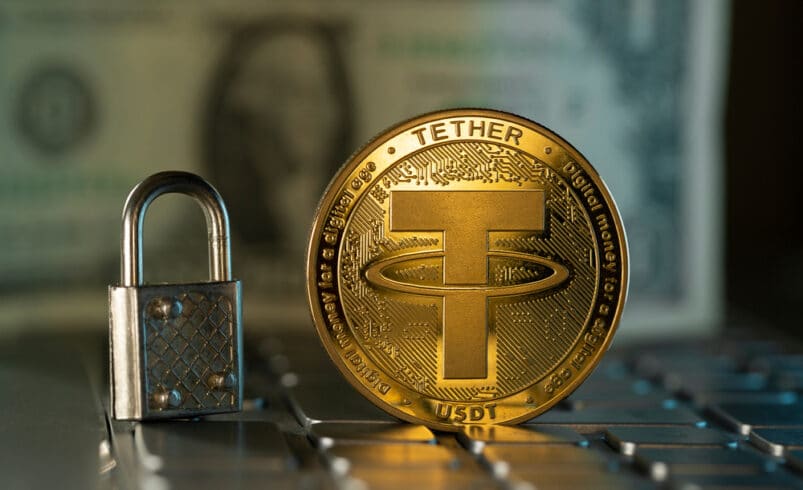New Report: Millennials and Gen Z Pick Digital Assets Over Stock Trading

Policygenius conducted a new survey in a recent report. The survey asked questions from members of Gen Z and Millennials about preferences regarding crypto and stock investments based in America. The results of the polls indicated that most investors from this age bracket picked cryptocurrencies over stocks for investment.
This report has indicated that American investors from the aforementioned age brackets are prone to invest in cryptocurrencies rather than stocks. These projections indicate a rising interest in financial investment trends and strategies in comparison to the older generation of investors.
The study in question was conducted between 16th October and 19th October and published by Policygenius.
Around 4,063 respondents from America participated in this poll. This survey noted that around 20% of Gen Z aged 18-26 and 22% of Millennials were more likely to invest in digital currencies such as crypto and NFTs as opposed to older investors. This survey further revealed that 18% of Gen Z participants revealed that they held stocks while 28% of Gen X and 45% of Baby Boomers did not do so.
Crypto Investment Distribution
Policygenius head noted that younger generations are keeping their wealth in a different way in comparison to Gen X and boomers. This phenomenon has made digital assets a popular choice of investment among these age bracket.
It also indicates the willingness to take risks with money alongside uncontrollable obstacles such as housing shortage.
At the same time, around 9% of Gen Z and 8% of millennials noticed that they depend on social media sites for their financial queries. The Gen X and baby boomers did not comply with the same idea.
The survey results further highlighted the attitude of investors towards digital assets. Regardless of the troubles of the digital financial sector, Gen Z and Millennial investors are proud of financial management techniques.
The notion points towards the determination of investors towards financial literacy and independence. Studies have indicated that Gen Z and Millennials accounted for the biggest portion of crypto investment rates out of all age groups.
In April last year, the study conducted by Bitget indicated that around 46% of millennials in nations such as China, US, Nigeria, Japan, and Indonesia contained cryptocurrency investors.
Behavior of Crypto Investors Based on Age
Another survey conducted by financial firm Charles Schwab indicated that around 50% of Millennials and Gen Z have invested in crypto for retirement.
This study further noted that around 43% of Gen Z and 47% of Millennials have already invested in some type of 401(k) funds with exposure to cryptocurrencies. These surveys have created an outline of crypto investors in terms of age groups.
Investors from these age brackets are using cryptocurrencies as a way to diversify their investment exposure and enhance their portfolios. Otherwise, traditional methods of investments are real estate, traditional stocks that have now morphed a small portion in digital assets.
Another Cointelegraph report indicated that corporate investment interest in the USA remains strong despite the regulatory constraints. A survey conducted by Paxos indicated that financial firms in the region have confirmed that firms based out of the USA are focusing on crypto-based projects in 2023 in comparison to previous years.
The stablecoin issuer collected feedback from 400 executives based out of USA firms that have at least 5 million users and $50 billion in AUM or the equivalent of $50 billion in annual payments.
Enterprise Digital Asset Adoption Report
The 2023 Enterprise Digital Asset Adoption Report indicated that a rising interest in adopting the new technology regardless of the various entry barriers. 56% out of all survey participants noted that implementation is the biggest impediment to finding a solution.
Paxos executives noted that digital assets and blockchain in the face of market events and economic issues call for better regulatory clarity to ensure that firms are able to easily adopt and work with the new technology at a rapid pace.













